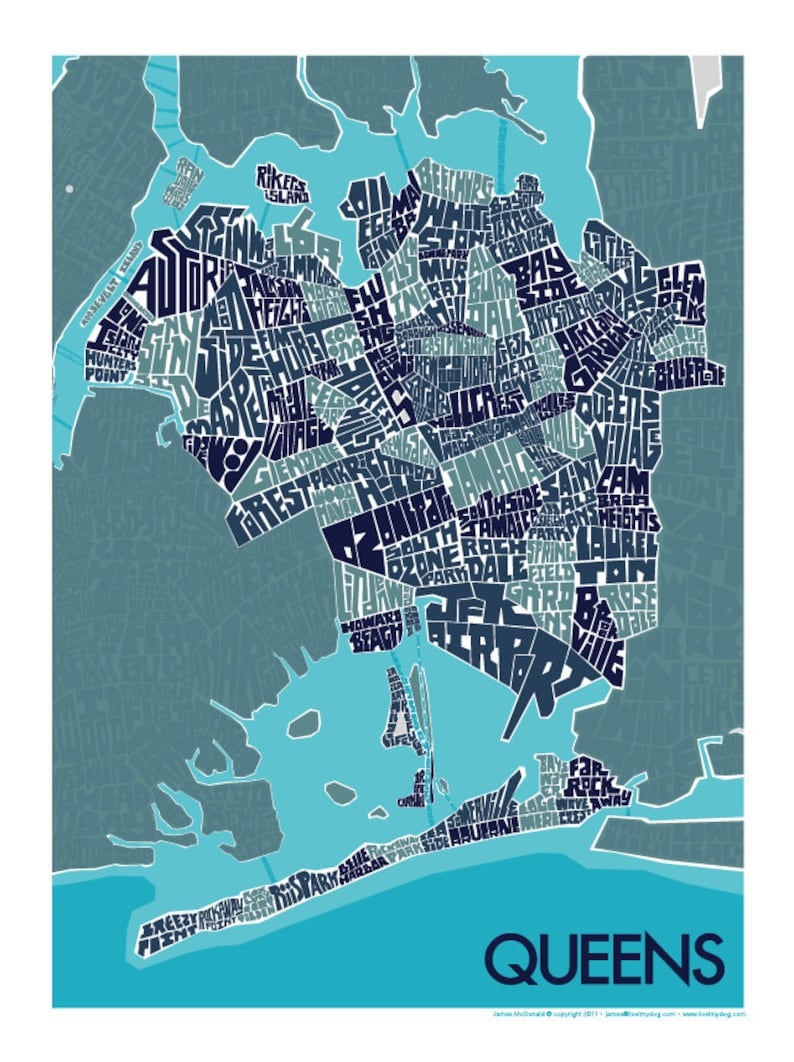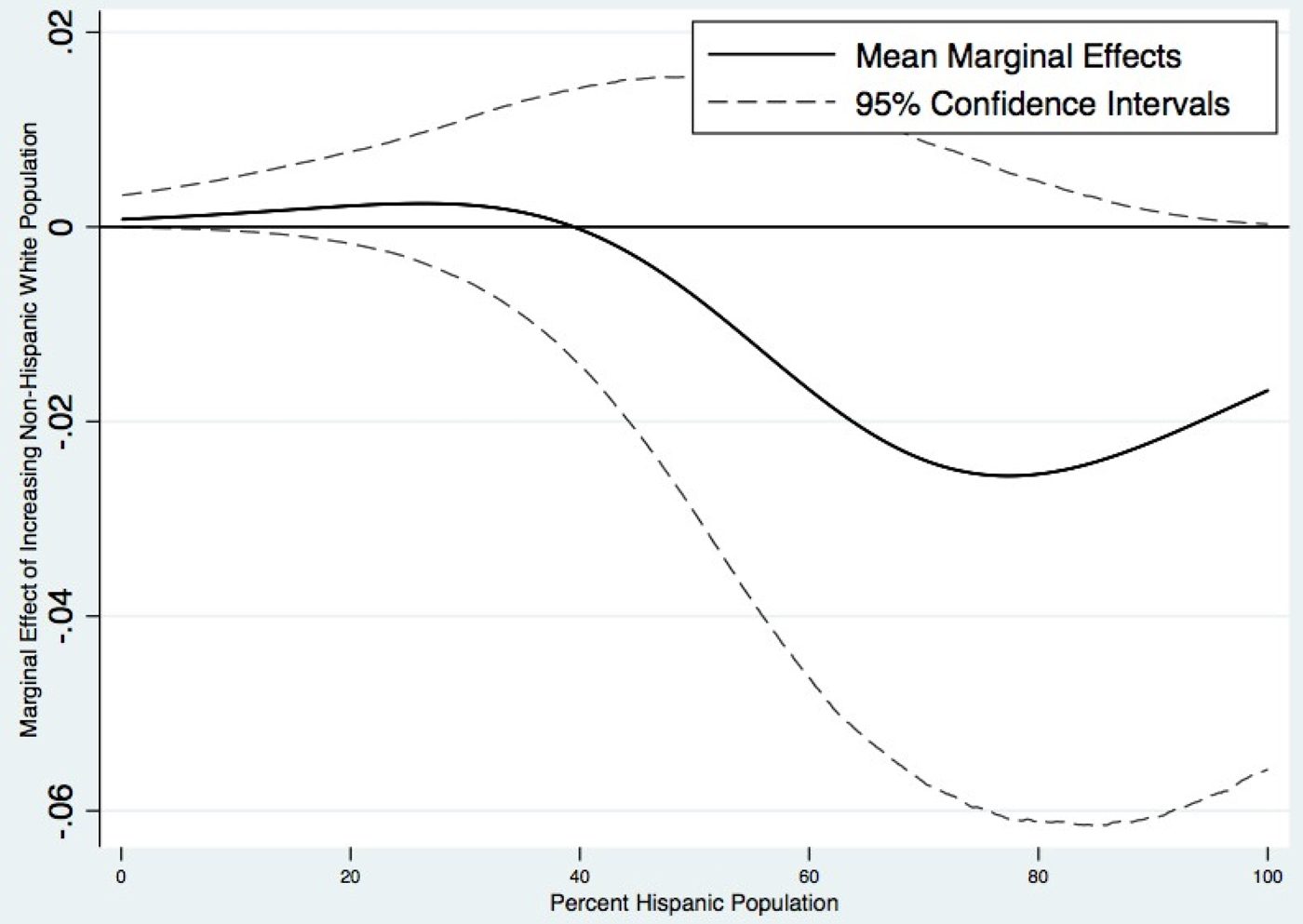

Gradually, this central area becomes highly populated, so there is a scattering of people and their activities away from the central city to establish the suburbs (this is "dispersion"). When a city is formed and grows, people and their activities cluster in a particular area (this is the process of "concentration"). competition, which affects natural ecosystems. Park and Ernest Burgess (1925) developed a theory of urban ecology which proposed that cities are environments like those found in nature, governed by many of the same forces of Darwinian evolution i.e. A recent overview of social disorganization theory, including suggestions for refining and extending the theory, is a journal article by Kubrin and Weitzer (2003). Up to the beginning of 1970s, this theory took a back seat to the psychological explanation of crime. The theory has not been used to explain organized crime, corporate crime, or deviant behavior that takes place outside neighborhood settings.

The theory is not intended to apply to all types of crime, just street crime at the neighborhood level. According to the social disorganization theory, there are ecological factors that lead to high rates of crime in these communities, and these factors linked to constantly elevated levels of "high school dropouts, unemployment, deteriorating infrastructures, and single-parent homes" (Gaines and Miller).

Larry Gaines and Roger Miller state in their book Criminal Justice in Action that "crime is largely a product of unfavorable conditions in certain communities". For example, the theory suggests that youths from disadvantaged neighborhoods participate in a subculture which approves of delinquency, and that these youths thus acquire criminality in this social and cultural setting. The theory suggests that, among determinants of a person's later illegal activity, residential location is as significant as or more significant than the person's individual characteristics (e.g., age, gender, or race). In other words, a person's residential location is a substantial factor shaping the likelihood that that person will become involved in illegal activities. The theory directly links crime rates to neighbourhood ecological characteristics a core principle of social disorganization theory that states location matters. In sociology, the social disorganization theory is a theory developed by the Chicago School, related to ecological theories.


 0 kommentar(er)
0 kommentar(er)
